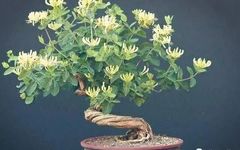Honeysuckle (Jin Yin Hua) is a climbing plant whose vines can reach lengths of eight to nine meters, and its stems are hollow.It also produces small white flowers that later turn golden yellow, with the yellow and white flowers complementing each other, hence the name Honeysuckle.Honeysuckle has a strong vitality; it is not afraid of heat or cold, enjoys sunlight, and can grow in extremely arid conditions. Therefore, it is widely cultivated in China, found in both low plains and high mountain slopes.
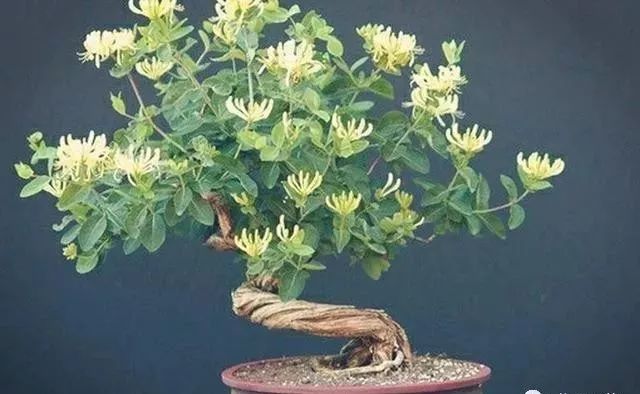
There are two methods for cultivating Honeysuckle:First:Seed propagation.Mature Honeysuckle fruits can be harvested, and after removing the skin and pulp, the seeds are stored at temperatures between 0 to 5 degrees Celsius until the following spring for sowing.Before sowing, the seeds should be soaked in warm water at around 30 degrees Celsius, then mixed with moist river sand to promote quick germination. When the seeds show cracks, they can be sown.
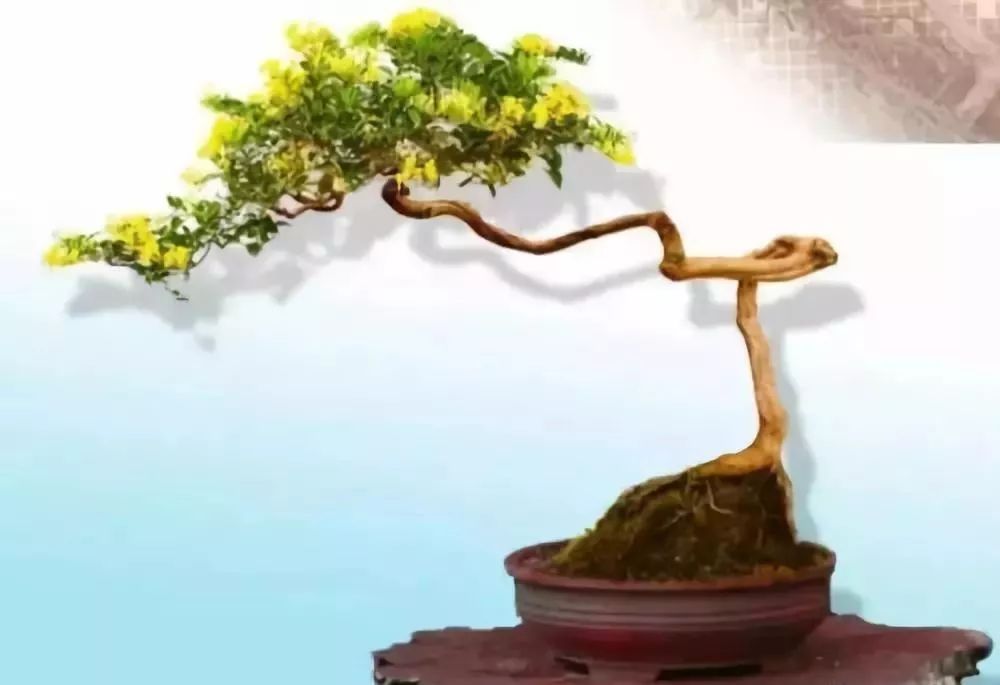
Second:Cutting.This method is the fastest and most effective, and can be done year-round, especially during the rainy season, which is the best time for cutting.Simply cut a healthy branch, trim off the lower leaves, leaving three to four pairs of buds, and insert it into a seedbed.Water with rooting solution, and in about half a month, roots will develop, after which it can be transplanted into pots.
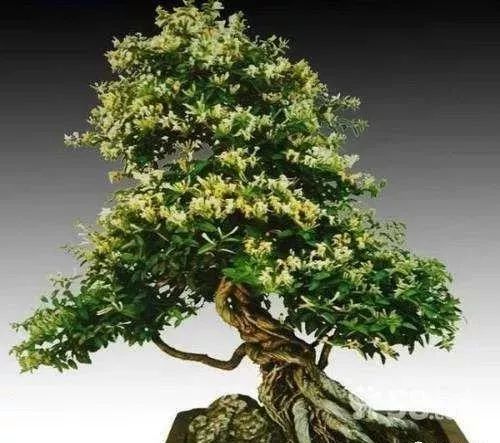
In terms of daily management of Honeysuckle, three points should be noted:First:Fertilization.Fermented animal manure can be used to supplement fertilizer. When fertilizing, a shallow trench should be dug around the plant, fertilizer sprinkled in, and then covered with soil.Before flowering, it is also necessary to spray appropriate amounts of diammonium phosphate to assist in flower bud differentiation.
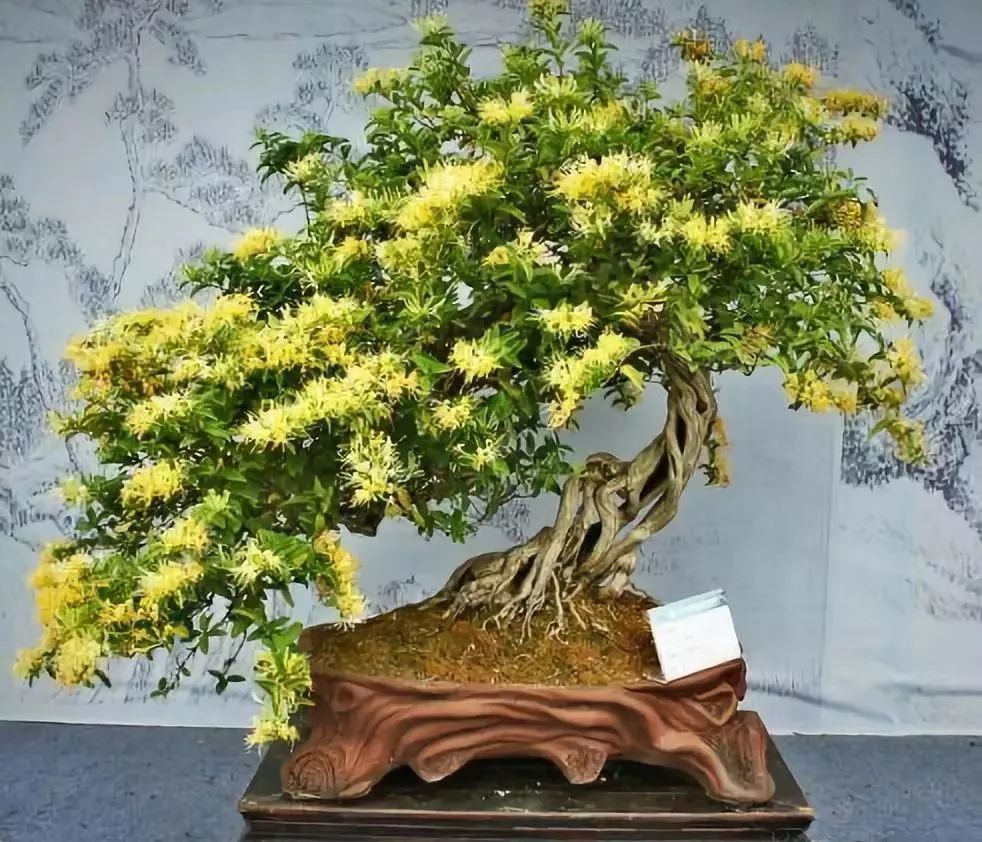
Second:Pruning.Honeysuckle has a strong growth ability and tends to have many chaotic branches, so regular pruning is necessary to strengthen the main stem and branches, allowing better light and air penetration to prevent diseases.
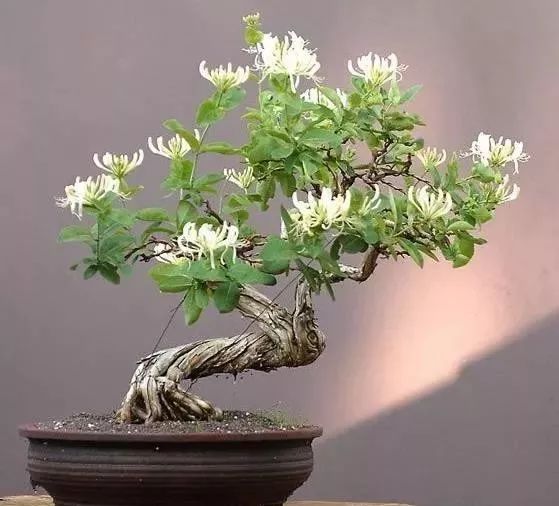
Third:Pest and disease management.Honeysuckle is most susceptible to honeysuckle brown spot disease, which causes yellow-brown spots on the leaves, harming the health of the leaves and the plant.Therefore, infected leaves and branches should be promptly removed, and organic materials should be added to enhance resistance.Additionally, diluted pesticides can be sprayed at the early stages of the disease to alleviate symptoms.
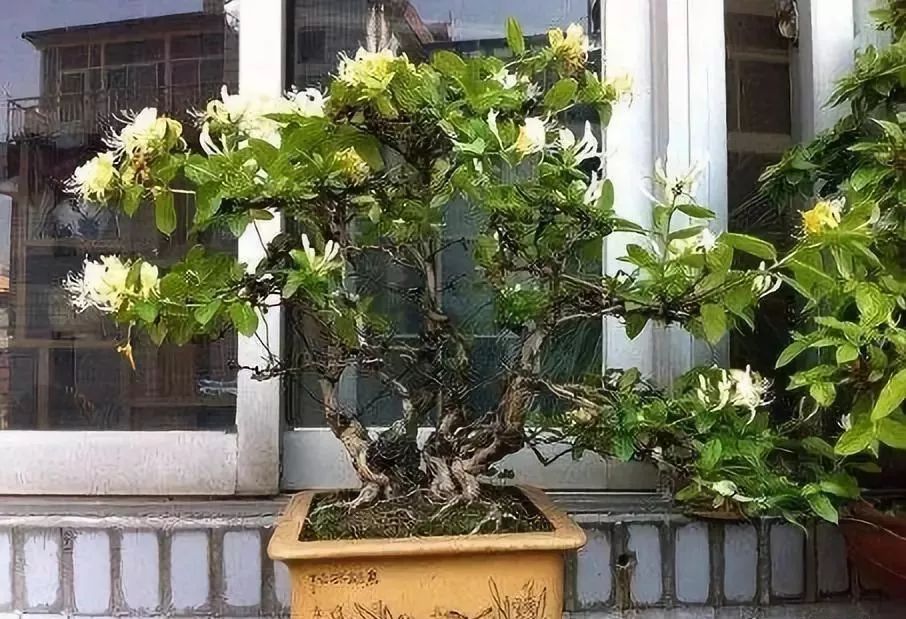
The most common pests of Honeysuckle are aphids and the coffee borer beetle. Diluted pesticides can be used to spray and kill aphids, which may also provide some preventive effects.Burning dry branches and fallen leaves can help control the coffee borer beetle, as this prevents the eggs from hatching.In July and August, releasing natural enemies such as the red-bellied wasp can also help combat the coffee borer beetle and provide some preventive effects.Additionally, a mixture of sugar, vinegar, water, and pesticides can be used in appropriate proportions to poison the beetles.
Source: Palm Micro Bonsai

